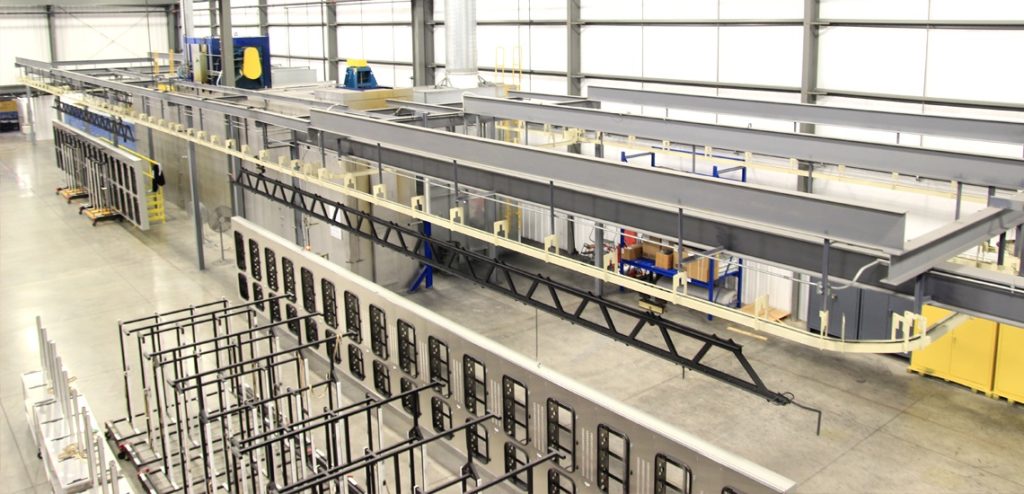The manufacturing chain is an intricate system of processes, machinery, human input and algorithms, all designed to engage with materials in fascinating ways. When it comes to industrial material handling, however, the equipment and solutions available all have incredibly focused roles in handling, storage and transportation.
Material handling solutions are woven throughout the supply chain and in the very procurement of resources and raw materials. Given its importance, what is material handling and how does it affect so many moving parts in industrialization?

Storage and handling equipment
When it comes to equipment, storage simply refers to the infrastructure used to temporarily house materials. Because of the broadness of the term, storage equipment can refer to anything from a single shelf to a freight container.
However, one of the most common features of storage equipment is the utility of space. From making use of vertical space in warehouses and shelving to lighter and stronger storage boxes to reduce weight and the resource cost of storage.
Bulk material handling equipment
Now we start getting into some of the specifics. Material handling equipment manufacturers design their handling solutions around the product that either needs storage, transportation or altering. One of the most common material types is bulk material, which refers to materials that are handled in loose bulks.
Loose bulks can include ball bearings, grooms, pellets, stacked piles and a host of other materials. Bulk handling technology is built around keeping this material in the appropriate predetermined clusters. There might not be much reason to reinvent the wheel, but when it comes to bulk material handling, the bucket has seen plenty of innovation.
Industrial trucks
In an increasingly globalized world, long-distance custom material handling solutions have never been more important. The industrial revolution brought about the ability to transport large quantities of goods with the power of steam and coal engines. Today, freight ships and trains represent the technological edge of industrial transportation.
There is one vehicle, however, with the mobility and capacity to keep operations running on land from small businesses to vast industrial networks: the truck. Lighter on fuel than its counterparts, more versatile in distance management and certainly easier to maintain, trucks are the lifeblood of transportation when it comes to material handling.
Automated handling
The word “handling” tends to conjure up images of delicate packages, which we in turn associate with human handling – care. For those who work with automated handling systems, however, it will come as no surprise that industrial handling technology has advanced to the point where machines form an important part of the handling process.
From the conveyer belt to the loading dock, engineers have worked for decades to create capable and reliable automated handling systems. They’ve progressed in leaps and bounds thanks to innovations both in software development and hardware design.
The result is a system of automated machines that allow the handling process to move like clockwork, creating a more reliable and efficient supply chain and manufacturing process.